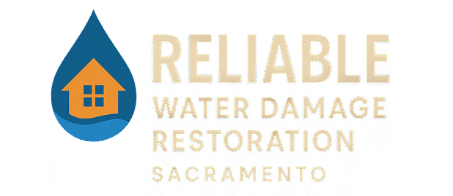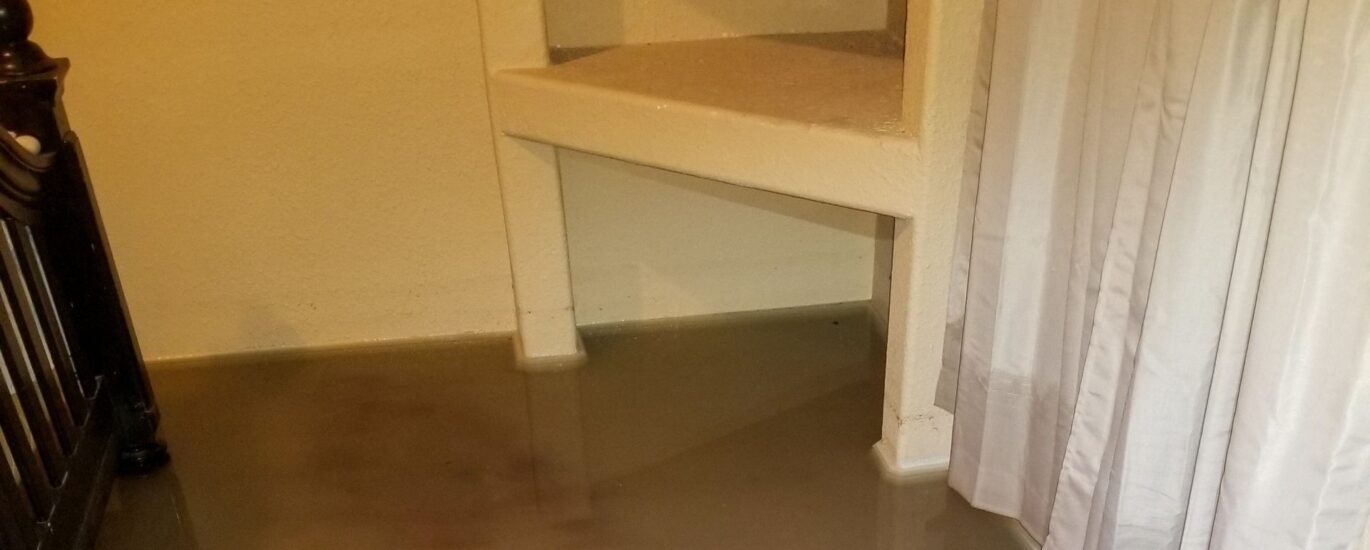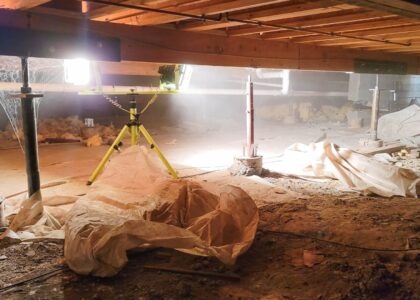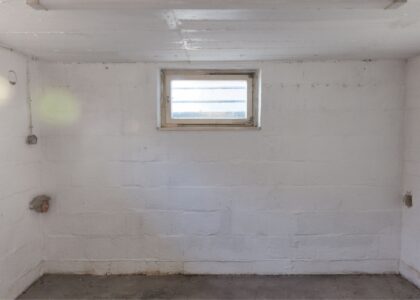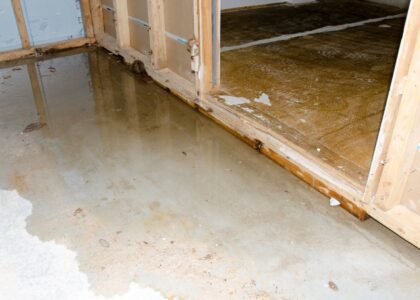Water intrusion in a basement isn’t just a nuisance—it’s a hidden threat to your home’s health. Beyond damp floors, moisture invites a cascade of problems: mold and mildew that trigger allergies, structural damage to walls and foundations, lingering musty odors, and increased humidity that makes your living space uncomfortable. In this guide, we’ll explore why drying your basement quickly isn’t optional—it’s essential for preserving your home and wellbeing.
1. Mold & Mildew: Health Risks Hidden Below
Basements are dark, cool, and often neglected—making them ideal environments for mold and mildew to thrive. Spores can spread upward through the home via the “stack effect,” affecting indoor air quality and causing respiratory issues, especially for those with allergies or asthma. Drying out your basement halts mold growth at its source and keeps your air cleaner.
Quick Tip: Keep indoor humidity below 60% to limit mold growth. Dry materials within 2–3 days after water exposure to curb mold spread. ag.ndsu.edu
2. Structural Integrity: Prevention Is Better Than Repair
Moisture increases hydrostatic pressure on basement walls and floors, which can lead to cracks, bowing, or even foundation shifts—compromising your home’s stability.
How Basement Drying Helps:
- Prevents wall and floor deterioration over time.
- Reduces risk of costly foundation repairs later.
- Shields the structural foundation before it’s too late.
3. Banishing Unpleasant Odors
Even after visible water recedes, dampness often leaves behind a persistent, musty odor. Proper drying eliminates this unpleasant smell and prevents it from permeating your living spaces—helping restore a fresher home environment.
4. Humidity Control & Comfort
High basement humidity raises overall home moisture levels, straining HVAC systems and making living spaces feel muggy. Drying your basement maintains a comfortable and healthier humidity balance.
Bonus: A drier home runs more efficiently—helping reduce energy costs over the long term. The Real Seal LLCAll Star Basements
5. Preserving Your Home’s Value
A dry, well-maintained basement contributes to:
- Better resale value.
- More usable, livable space (e.g., storage, workshop, home office).
- A positive impression for potential buyers, who often view a damp basement as a red flag. All Star Basementstrusttillotson.com
6. Safety & Practicality During Drying
Safety during drying is non-negotiable. Keep electrical equipment safe:
- Ensure electrical circuits are protected by GFIs if wet.
- Have submerged wiring checked by an electrician.
- Use proper drying techniques and personal protection if contaminants are present. ag.ndsu.edu
7. Step-by-Step Basement Drying Strategy
- Remove Standing Water: Use pumps or wet vacuums.
- Increase Airflow: Open windows and circulate with fans.
- Use Dehumidifiers Wisely: Though helpful, they don’t resolve the root problem—combine with airflow and drying methods. The Spruce
- Focus on removing humidity but still address moisture sources.
- Inspect and Seal: Check foundation cracks, seal them with masonry sealant, or use professional injections for larger gaps. The SpruceWikipedia
- Optimize Drainage:
- Maintain grading that slopes at least 6 inches away over 10 feet from foundation. The Spruce
- Ensure downspouts extend 4–6 feet away; clean and maintain gutters regularly. The Spruce
- Consider Structural Drying Services: When water damage is extensive, professionals offer efficient drying protocols.
8. Why Immediate Action Matters
Delay invites risk. Drying within 2–3 days of water exposure is critical for preventing mold, structural harm, and health risks. ag.ndsu.edu
Ignoring basement moisture doesn’t just affect one area—it impacts your home’s overall environment, safety, and investment.
9. Additional Prevention Tips
- Routinely inspect sump pumps and test functionality.
- Keep exterior grading in check to divert water.
- Improve basement ventilation via fans or passive vents—even when not drying. The Spruce
- Ensure basement appliances like dryers vent outdoors properly to avoid increasing humidity. The Spruce
Conclusion
Drying your basement promptly and effectively is more than a tidy-up—it’s a proactive strategy to protect your home’s health, value, and living environment. Addressing hidden moisture now helps you avoid mold, structural issues, lingering odors, high energy costs, and repairs down the road.
Internal Links to Improve Navigation & Engagement
For more on home comfort solutions and how to keep your entire space efficient and safe, check out:
- Heat Pump Repair Solutions: Heat Pump Repair Guidance
- Get in Touch for Expert Help: Contact Us
